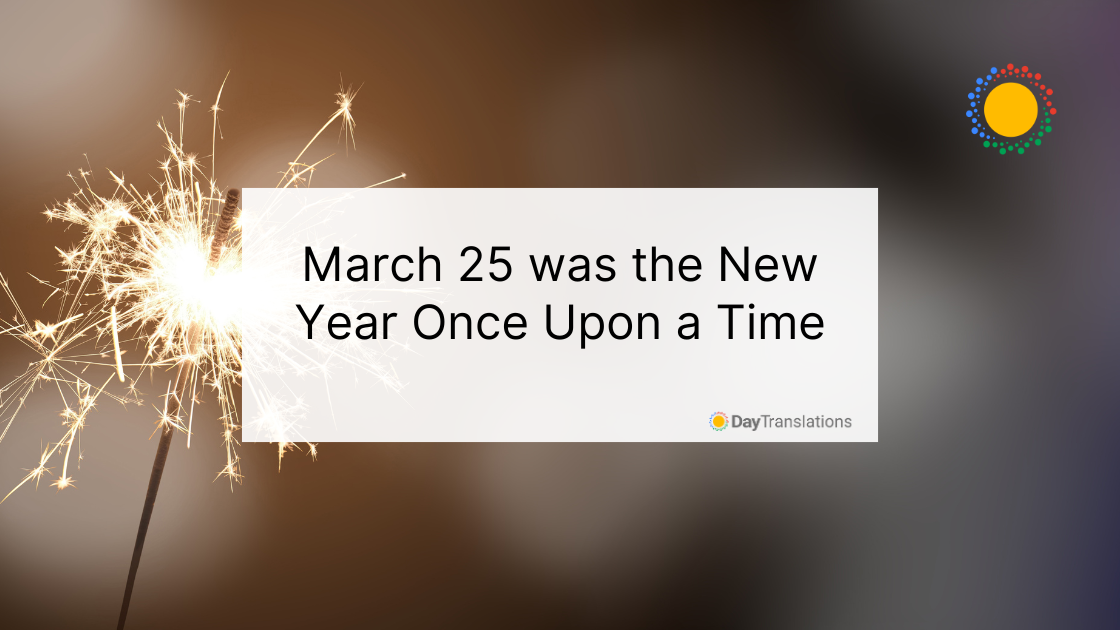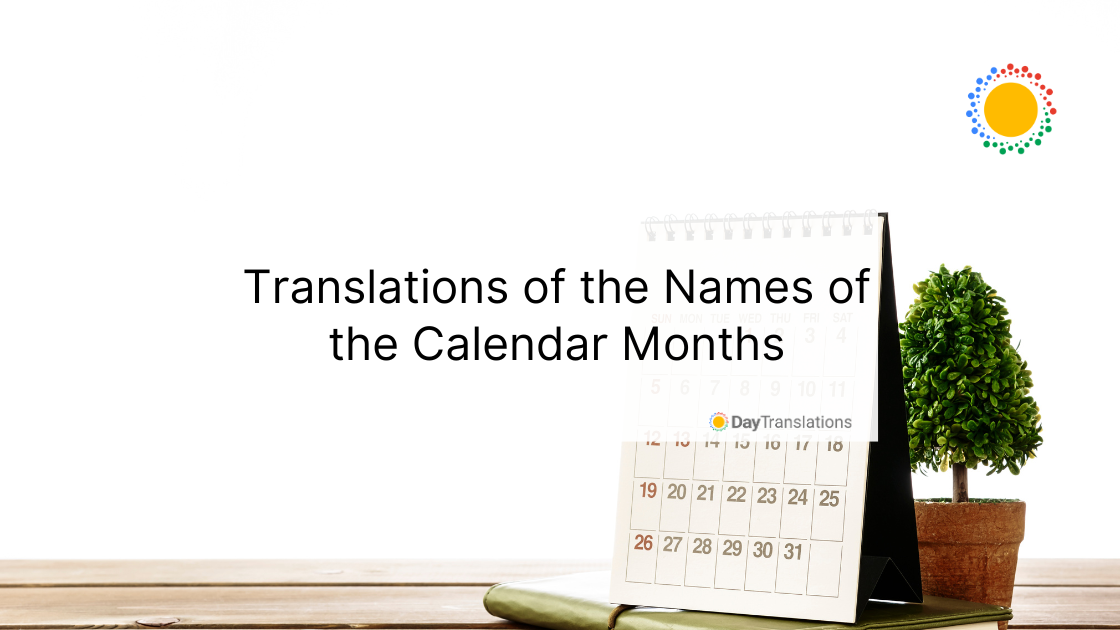The New Year, while basically a religious festival, has so much history behind it, because it is related to the creation and adaption of the Gregorian calendar. When the early Romans had devised their calendar, there were only 10 months, with March being the first month of the year. The practice of starting the new year in January is about 400 years old now!
The Calendar
In Mesopotamia at around 2000 B.C., the New Year was celebrated during the time of the vernal equinox, which was around March 25. There were only 10 months then. The calendar during that time was based on the season, and March was when the planting season started. It was therefore chosen as the first month of the year.
With March as the first month of the year, it was logical that “septem” was the name of the seventh month (September in Latiin), “octo” for the eighth month, “novem” for the ninth month and “decem” for the tenth month.
It was in 153 B.C. when Rome started celebrating the New Year on the first day of January. The months of January and February were added by Rome’s second king, Numa Pontilius at about 700 B.C. January. It became the beginning of the year because it was during that time when the newly elected Roman consuls started their one-year tenure in office.
The New Year in the Julian Calendar
Julius Caesar introduced the Julian calendar with January as the first month of the year in 46 B.C. It was based on the movements of the sun and was a much-improved calendar compared to the Roman lunar calendar that was in use earlier. The lunar calendar was later proven to be very inaccurate.
However, during the Middle Ages, the use of January 1 as the New Year was abolished and the it went back to being celebrated on March 25, coinciding with the Christians’ Annunciation Day. During that time, the observance of the New Year varied. In some parts of Europe, it was observed on March 1, March 25 during Easter or on December 25, although March 25 was the dominant day for observing the New Year.
The New Year in the Gregorian Calendar
In 1582, the Gregorian calendar was introduced and adapted, with January 1 reinstated as the start of the year. It was introduced by Pope Gregory XIII, with the corrected discrepancies in the computation of the equinoxes and the leap years. The British and its colonies in the Americas began using the Gregorian calendar only around 1752. This is the Christian or Western calendar that we still use today.
Calendar Oddities
In every year, including leap years, July starts on the same day as April. The first day of September starts on the same day as December. The first day of March also matches the first day of November. The only difference they have is the additional day for March, July and December. During non-leap years, additional matches occur in January and October while March and November start on the same day as February. July is the same as January and February is the same as August for the first 29 days during leap years.













Sorry, the comment form is closed at this time.